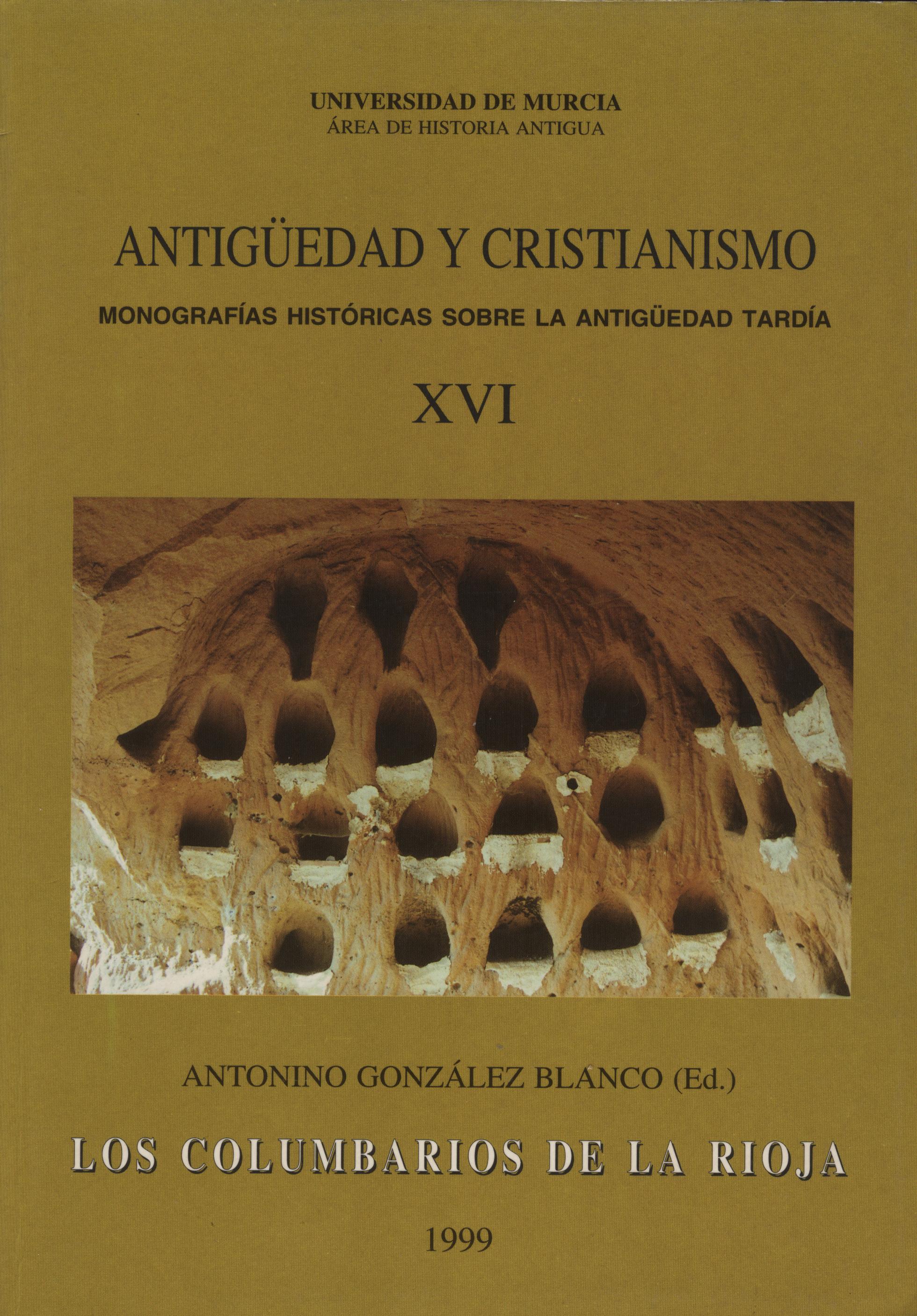INTERVENCIÓN ARQUEOLÓGICA EN EL BALNEARIO ROMANO DE FORTUNA CAMPAÑA DE DICIEMBRE DE 1999
Abstract
The results of the last campaign of excavations in the Roman Baths of Fortuna, Murcia, are presented. These have been of great interest because the thermal spring, which was in use from the end of the first century AC. to the middle half of the nineteenth century, has been discovered. This is spring with a monumental architecture. It has a semicircular structure with rows of seats excavated in the rock. A canal for the entrance of the water into the baths has permitted the dating of the Baths to the Roman period and allows us to see the stonework of the original structures of the establishment. With these findings new perspectives are brought to light and these are very prornising for the future study of the thermal establishment.Downloads
1. The authors non-exclusively assign the exploitation rights (reproduction, distribution, communication and transformation) to the magazine.
2. The works published in this magazine are subject to the Attribution-ShareAlike 4.0 International license (CC By SA 4.0). Therefore, they can be copied, used, disseminated, transmitted and publicly displayed, provided that:
i) the authorship and the original source of its publication (journal, editorial and URL of the work) are cited, thus allowing its recognition.
ii) it is allowed to remix, transform or create from the material while maintaining the same license as the original.
Note: Articles prior to 2022 incorrectly display the CC by SA license in the abstract page. They are under a CC by NC ND license as embedded in the article pdfs. Articles published in 2022 and after are under the CC by SA license.

3. Self-archiving conditions. Authors are allowed and encouraged to electronically disseminate the pre-print (version before being evaluated) and/or post-print (version evaluated and accepted for publication) versions of their works before publication, as it favors their publication. Earlier circulation and diffusion and with it a possible increase in its citation and reach among the academic community. Color RoMEO: verde.























